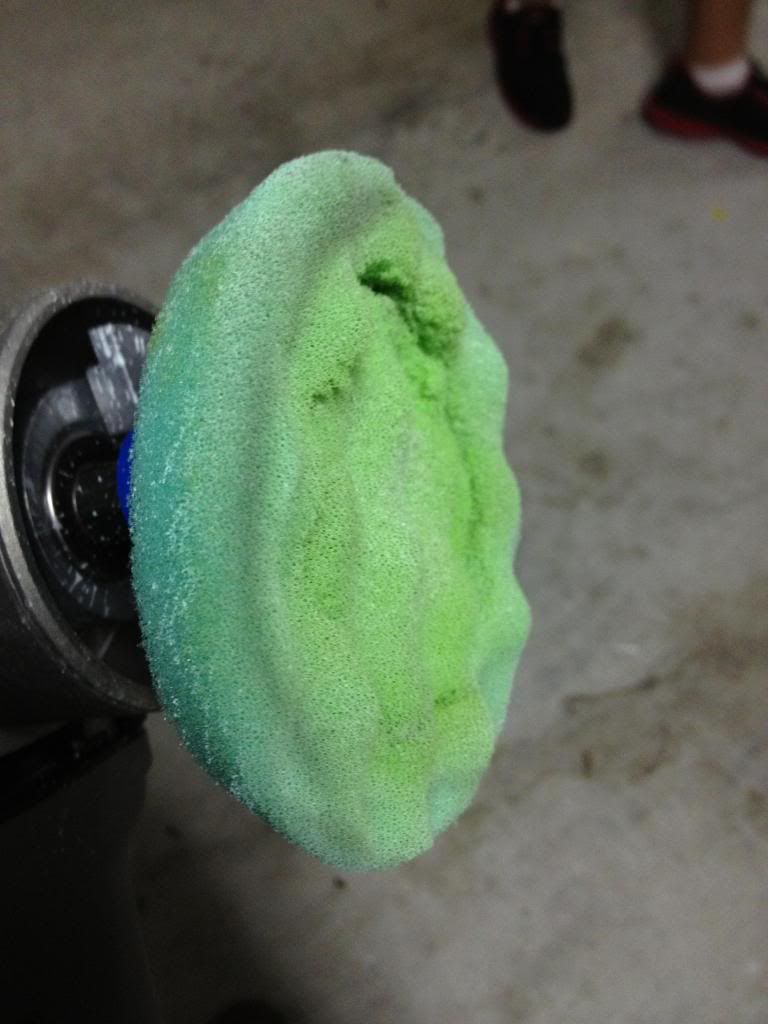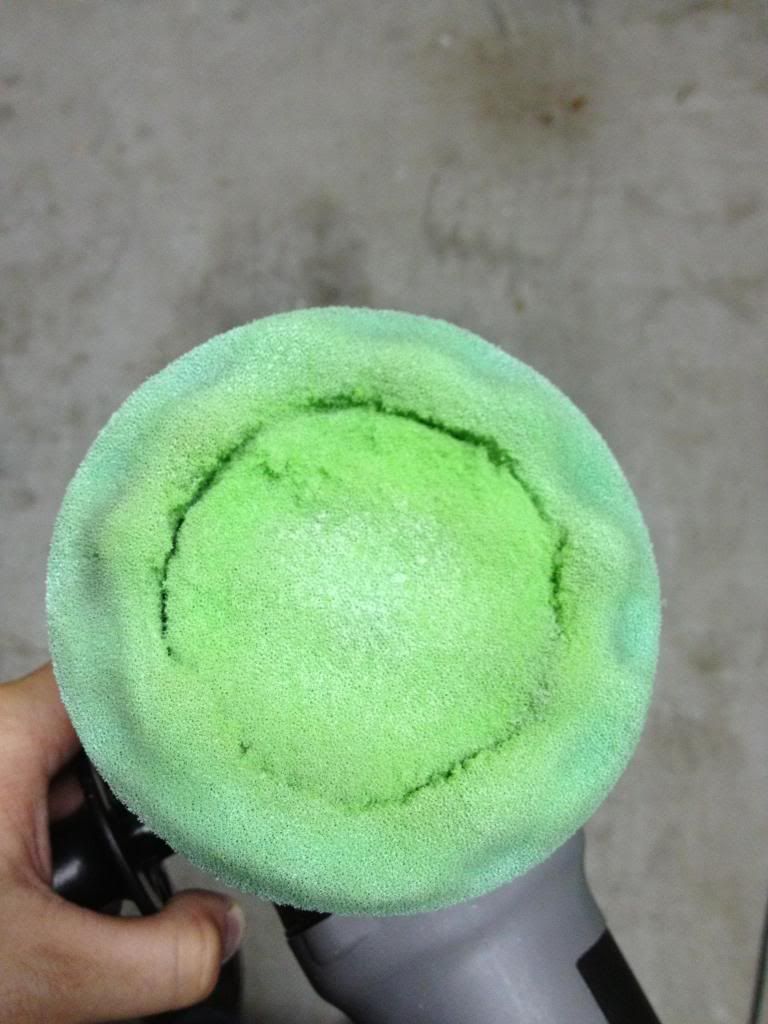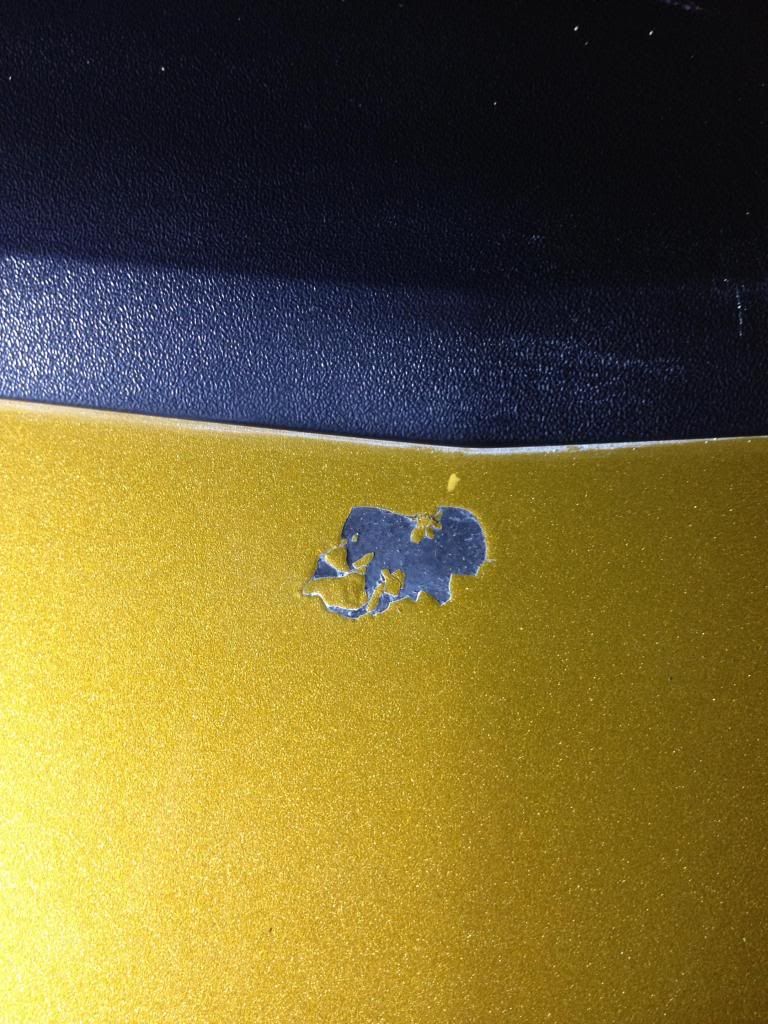Rockeey
New member
- Dec 12, 2012
- 105
- 0
Was buzzing around on some other auto related forums and came across an interesting thread. A gentleman indicates he was buffing his front bumper with a DA when his NEW foam pad all of a sudden failed causing a decent sized chunk of paint to exit the car.
Anyone ever have something like this happen? I can't imagine how a foam pad could come apart like this on a DA. I've used plenty of the cheap foam pads before on a ROTARY and never experienced anything even close to this.




Anyone ever have something like this happen? I can't imagine how a foam pad could come apart like this on a DA. I've used plenty of the cheap foam pads before on a ROTARY and never experienced anything even close to this.



